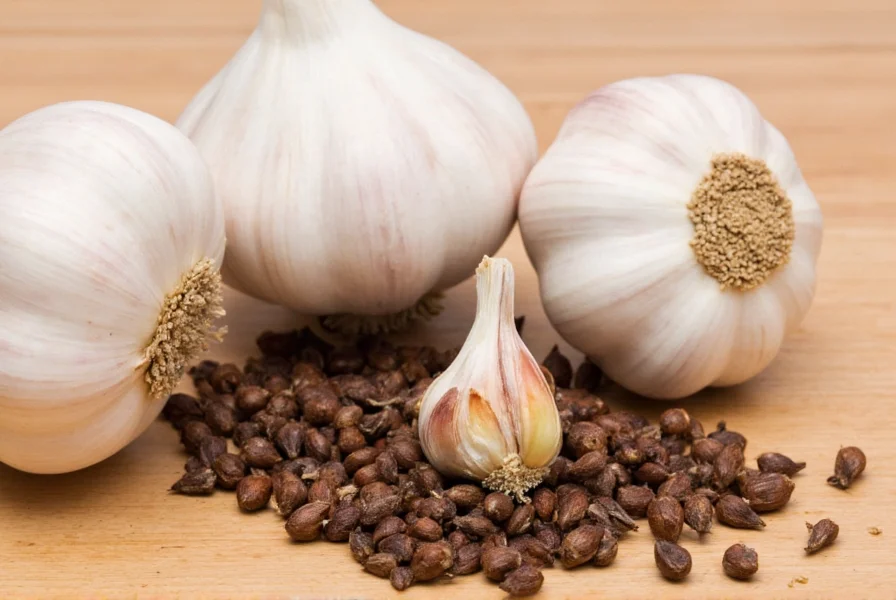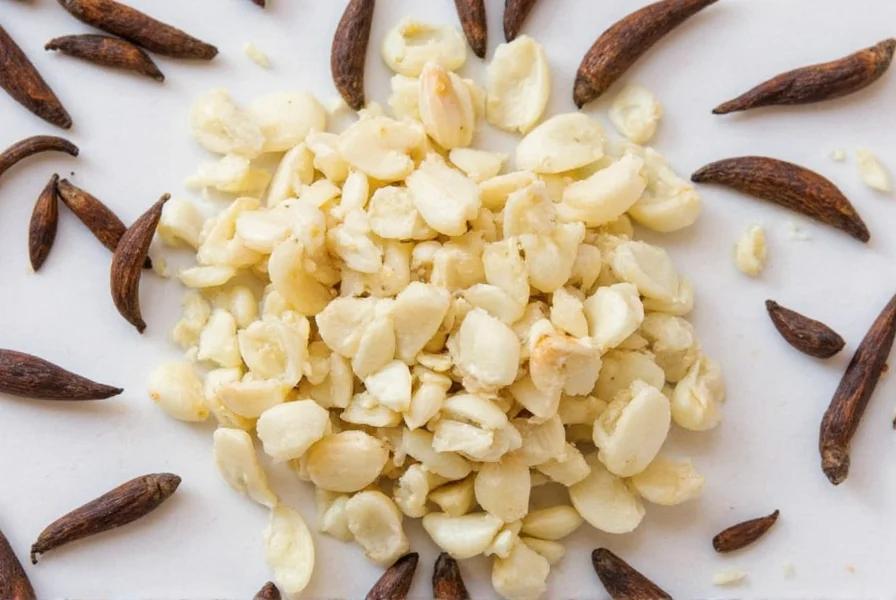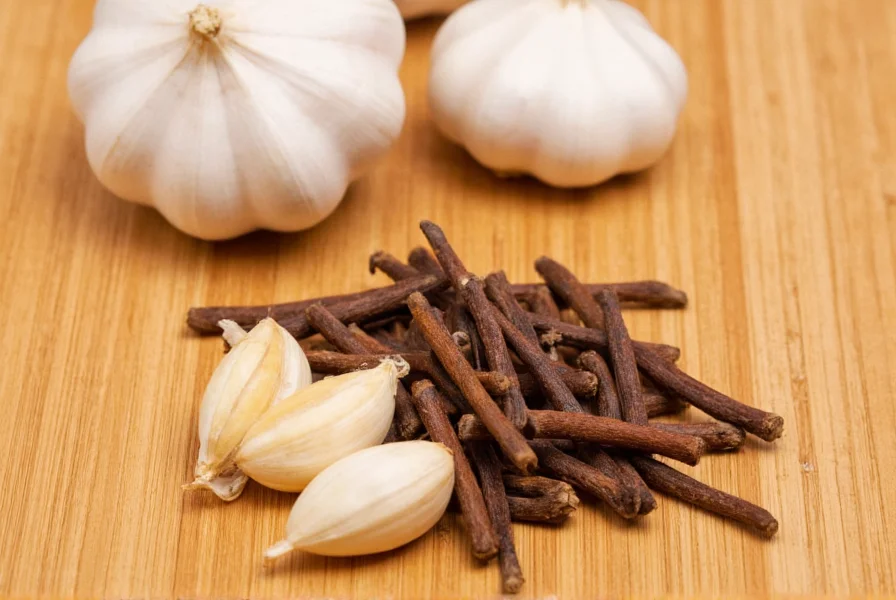Understanding garlic cloves is essential for anyone who cooks. When recipes call for "3 cloves of garlic," they're referring to these individual segments peeled from the whole bulb. Each clove delivers concentrated flavor that transforms dishes from ordinary to extraordinary.
What Exactly Is a Garlic Clove?
Garlic (Allium sativum) grows in clusters called bulbs or heads. Each bulb consists of multiple individual sections known as cloves. These cloves cluster together around a central stem, protected by several layers of papery skin that ranges from white to purple depending on the variety.
| Garlic Component | Description | Typical Count |
|---|---|---|
| Whole Bulb (Head) | The complete garlic unit you purchase | 1 |
| Outer Skin Layers | Papery protective covering | 3-5 layers |
| Individual Cloves | Edible segments inside the bulb | 10-12 (varies by variety) |
| Clove Size | Measurement of single clove | 1-2 inches long |
How Garlic Cloves Function in Cooking
Chefs and home cooks rely on garlic cloves as fundamental flavor builders. When you crush, mince, or slice a clove, you rupture its cell walls, releasing allicin—the compound responsible for garlic's distinctive aroma and health properties. The size of a standard clove affects recipe outcomes:
- Small cloves (about 1/2 inch): Yield approximately 1/2 teaspoon minced
- Medium cloves (3/4-1 inch): Produce about 1 teaspoon minced
- Large cloves (1-2 inches): Deliver 1.5-2 teaspoons minced
Understanding what is a clove of garlic in cooking measurements prevents recipe disasters. Many novice cooks mistakenly use the entire bulb when a recipe calls for "cloves," resulting in overwhelmingly garlicky dishes.

Practical Tips for Working With Garlic Cloves
Peeling garlic cloves efficiently makes preparation easier. Try this professional technique: Place a clove on your cutting board, lay the flat side of your knife over it, and give a firm tap. The skin separates easily from the clove. For larger quantities, shake cloves in a sealed container to loosen skins.
Storage matters significantly for how many cloves in a garlic bulb remain usable. Keep unpeeled bulbs in a cool, dark place with good air circulation. Once separated from the bulb, individual cloves last about 7-10 days at room temperature. Refrigeration extends their life to 2-3 weeks but may cause sprouting.
Substituting Garlic Cloves When Necessary
When fresh garlic isn't available, understanding garlic cloves measurement equivalents helps maintain recipe integrity:
- 1 fresh clove ≈ 1/8 teaspoon garlic powder
- 1 fresh clove ≈ 1/2 teaspoon garlic paste
- 1 fresh clove ≈ 1/2 teaspoon minced jarred garlic
Remember that processed garlic products deliver more concentrated flavor than fresh. When substituting, start with less than the equivalent measurement and adjust to taste. This knowledge proves invaluable when you're wondering what is a clove of garlic size in your pantry alternatives.

Why Garlic Clove Count Matters in Recipes
The number of cloves significantly impacts dish flavor profiles. Mediterranean cuisines often use 3-4 cloves per serving, while Asian recipes might incorporate 6-8 cloves for bold stir-fries. Understanding how many cloves in a garlic bulb helps with meal planning—most standard bulbs contain enough cloves for multiple recipes.
Garlic varieties affect clove count and size. Softneck garlic (common in supermarkets) typically has 10-12 smaller cloves, while hardneck varieties offer 4-6 larger cloves with more intense flavor. When a recipe specifies "large cloves," seek out hardneck varieties for best results.
Common Garlic Clove Questions Answered
Many home cooks struggle with proper garlic preparation. Knowing the difference between garlic bulb and clove prevents confusion when following recipes. The bulb refers to the entire head you purchase, while cloves are the individual segments you separate and use. This distinction becomes crucial when recipes specify quantities like "one head of garlic" versus "one clove of garlic."











 浙公网安备
33010002000092号
浙公网安备
33010002000092号 浙B2-20120091-4
浙B2-20120091-4